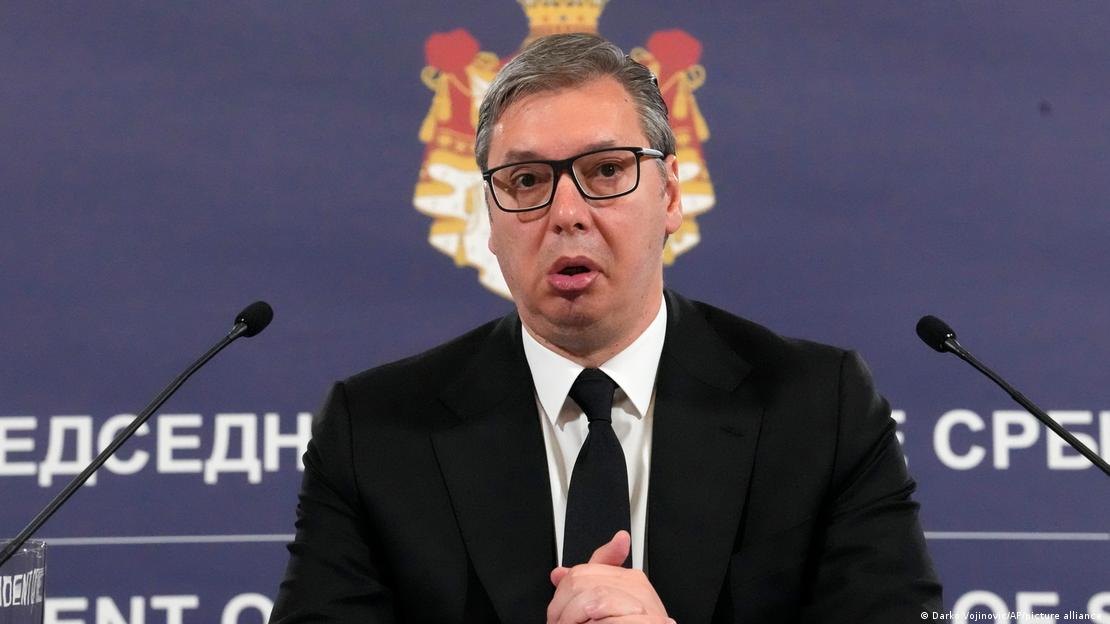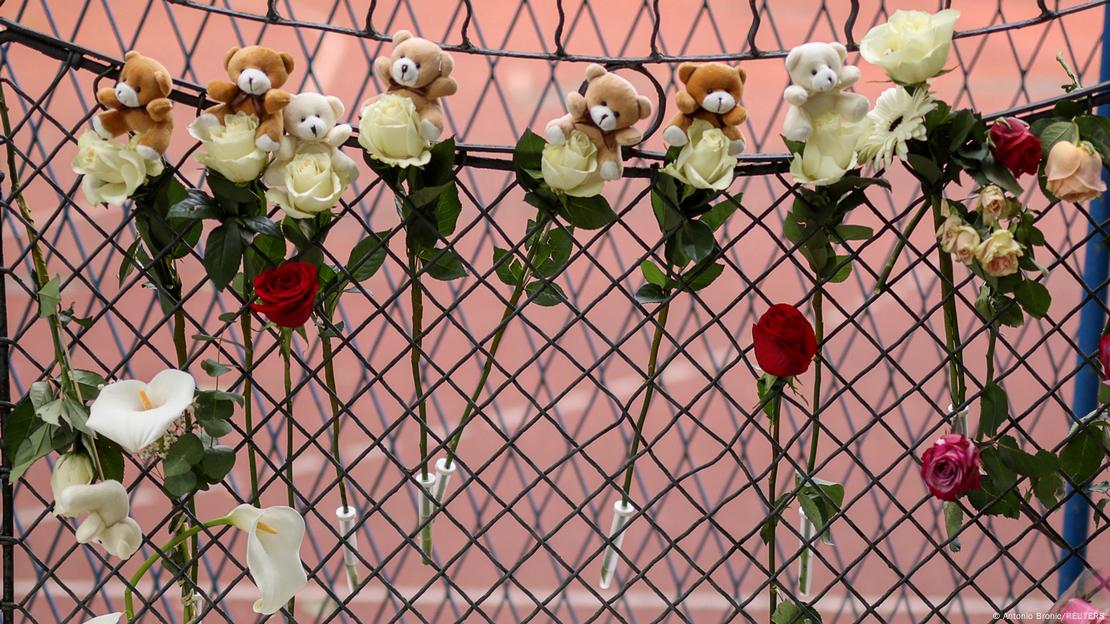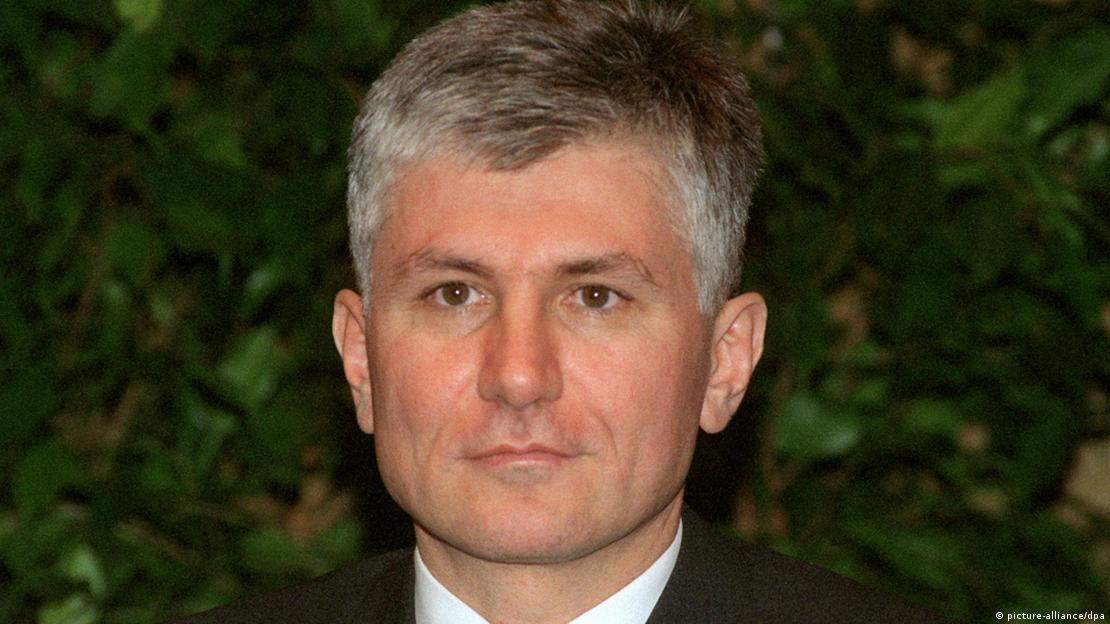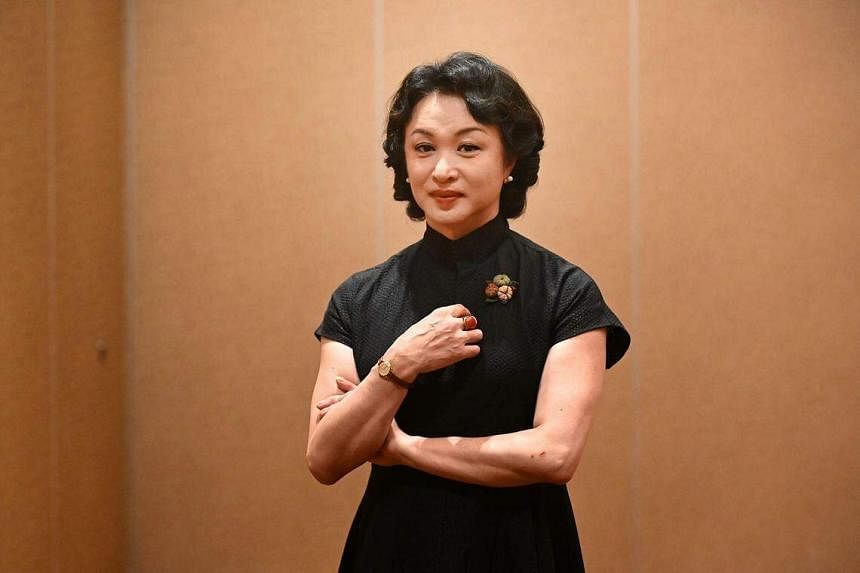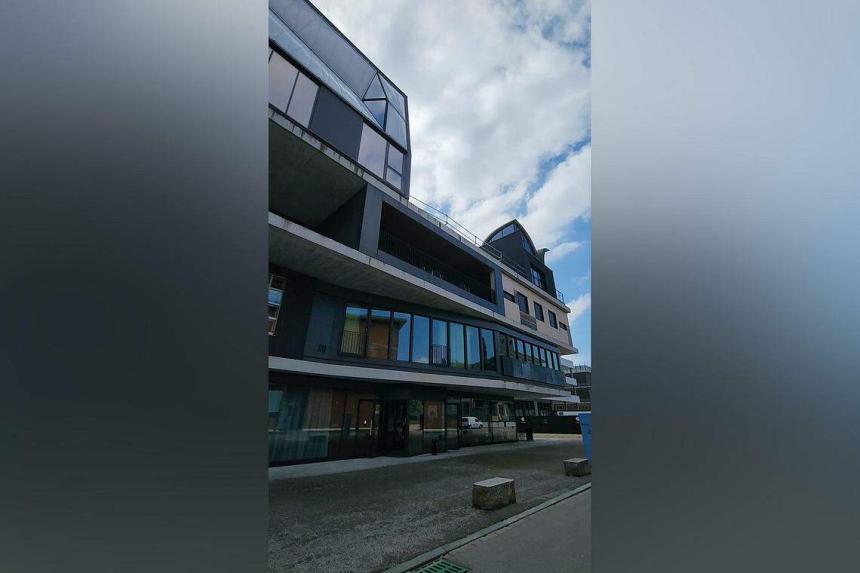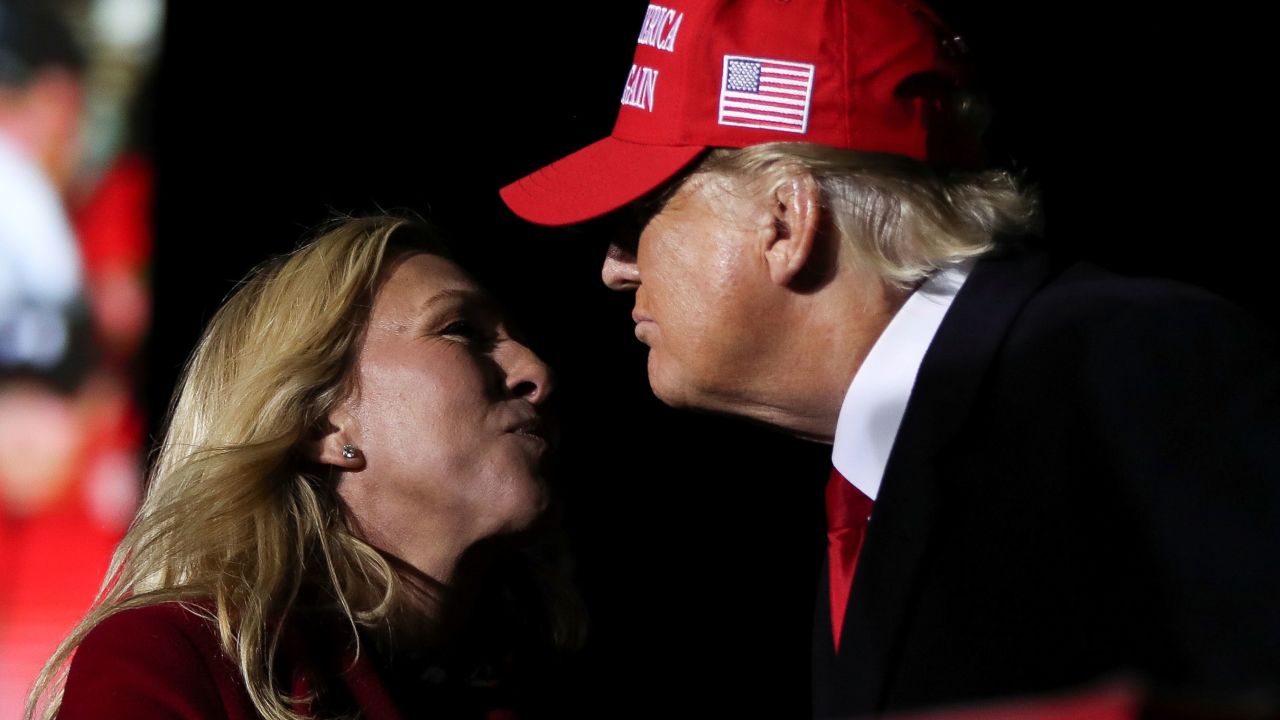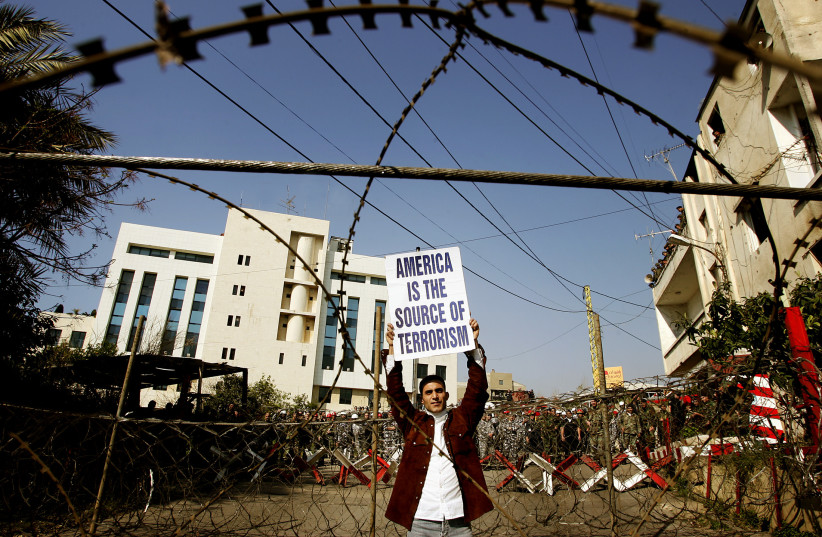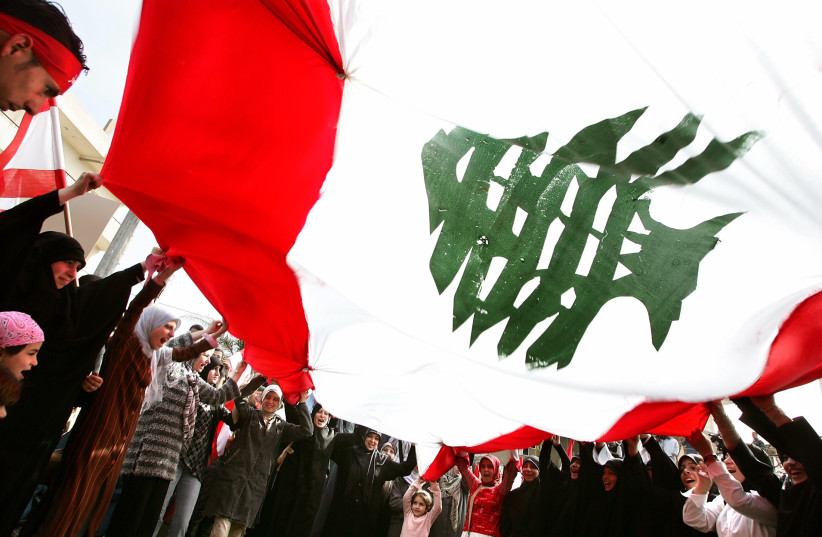Suriname’s Indigenous communities are on the front line of the climate fight

Residents of Suriname’s Hollandse Kamp village during a recent demonstration against illegal mining and other forms of unsustainable economic activities in their communities. Photo by Johannes Damodar Patak, used with permission.
By Johannes Damodar Patak
This story was first published on Cari-Bois Environmental News Network. A version of the article is republished below as part of a content-sharing agreement.
Around the world, Indigenous communities share an intimate connection with nature, on which they rely for housing, food, medicine and sacred spiritual practices. The natural environment is a central component of Indigenous identities and existence, and while such communities have always been nature’s defenders, they are now on the front line of a new fight as the world combats climate change.
Speaking with Cari-Bois News, chair of Suriname’s Association of Indigenous Village Leaders, Muriël Fernandes, said that Indigenous people around the world are concerned about climate change. Now in a race against time to protect their traditional values and norms, she added that many of Suriname’s Indigenous communities have reported being affected by an increase in the frequency and intensity of natural disasters.
The International Work Group for Indigenous Affairs estimates the Indigenous Peoples of Suriname account for approximately 20,344 people (3.8 percent) of the country’s total population of 541,638.
During her time as chair, Fernandes has received reports of unpredictable weather affecting the ability of some of these communities to farm and transport their goods, as road networks are continuously being affected by intense floods. Communities which have built along waterways are also being regularly affected by extreme flooding.
Fernandes claims mismanagement by Surinamese policymakers have led to a rise in illegal gold mining, deforestation and further infringement of land rights of Indigenous communities. Combined, she explained, these factors have exacerbated the effects of climate change and the rate at which their natural resources have been degraded:
Indigenous communities are feeling the impacts of climate change individually, at the village level, at the regional level, at the national level and even at the international level.

Muriël Fernandes, chair of Suriname’s Association of Indigenous Village Leaders, has said Surinamese authorities must do better when it comes to recognising the land rights of indigenous communities and their right to self-determination. Photo by Johannes Damodar Patak, used with permission.
Chair of Suriname's Climate Change Parliamentary Committee, Radjendrekoemar Debie, told Cari-Bois that combating climate change will require all hands on deck.
While Suriname is one of only a few carbon-negative countries in the world and contributes very little harm, Debie said mitigating climate change will also require the country to play its part. When it comes to Indigenous communities, Debie said humanity must recognise that these communities contribute the least to climate change and are affected the most.
As such, he believes that people must be more environmentally conscious of how their activities affect others. Governments, especially in Global North countries, must also accept some responsibility by helping Indigenous communities become more climate resilient:
Local communities, in this case the Indigenous and the Maroons in the interior, are losing their homes and places where they have sometimes lived for generations.
In terms of sufficient climate policies, however, Fernandes thinks Suriname has a long way to go. While the country has committed itself to numerous international treaties, she criticises its ability to adequately implement them. For example, Indigenous communities lack sufficient support, which in turn hinders their efforts to gain official recognition of their right to land and self-determination. If these communities are to access the funding and support they need to strengthen their climate resilience, this right to land and self-determination will be crucial:
The Surinamese government has not recognised the rights of its Indigenous and tribal peoples, even though it voted in favour of the 2007 United Nations Declaration on the Right of Indigenous Peoples. Suriname has also not ratified ILO Convention 169, which further shows that the state is unwilling to address the problems of its Indigenous and tribal peoples.
According to Debie, though, the Surinamese government is in the preliminary stages of drafting environmental frameworks that consider stakeholder recommendations, including those coming from Indigenous communities.
Some of these will seek to reduce deforestation and the use of mercury in mining activities, both of which exacerbate the detrimental effects of climate change and further impacts the stability of the natural environment.
Debie said a concept law entitled “The Collective Rights: Indigenous Peoples and Tribal Peoples” is pending in parliament, pointing out that solid climate policies are a core condition for the well-being of everyone, regardless of their origin, ethnicity, income, age, gender, or where they live in the world:
We call that climate justice. Unfortunately, this is not always met everywhere. We live in the middle of a climate crisis and some are much more directly or more severely affected by it than others. Working on climate justice is working on solving the climate crisis. This also offers a huge opportunity to work for well-being.
While some progress is being made on the legislative front, Fernandes believes there is still a long way to go to ensure that the positions, views and proposals of Indigenous people are incorporated into national climate policies.
She said it is essential that Indigenous communities are closely involved in shaping climate solutions, given they already have knowledge and experience in devising solutions to the effects of climate change within their immediate environment.
Outside of legislation, Debie sees an immediate need to strengthen the climate resilience of Indigenous communities which, in the case of Suriname's Indigenous communities, have built their settlements directly along rivers and creeks because of the availability of water.
However, with extreme weather events increasing in frequency, these communities have been repeatedly affected by flooding, says Debie:
What these Indigenous communities have been taught is to build their homes on higher ground. It is of paramount importance that trained people go into the field and inform people — in their language [and] with the correct information — about the consequences and how they can overcome them, in line with finances that must be present and especially [with] manpower.
Fernandes agrees. She wants Indigenous people to have direct access to information related to climate change through their own database, with information relevant to them, and in the languages they prefer.


 Stefan Markovic, a construction worker who lost several friends in one of the shootings, said the rate of gun ownership in Serbia was too high to be significantly reduced.Credit...Vladimir Zivojinovic for The New York Times
Stefan Markovic, a construction worker who lost several friends in one of the shootings, said the rate of gun ownership in Serbia was too high to be significantly reduced.Credit...Vladimir Zivojinovic for The New York Times



